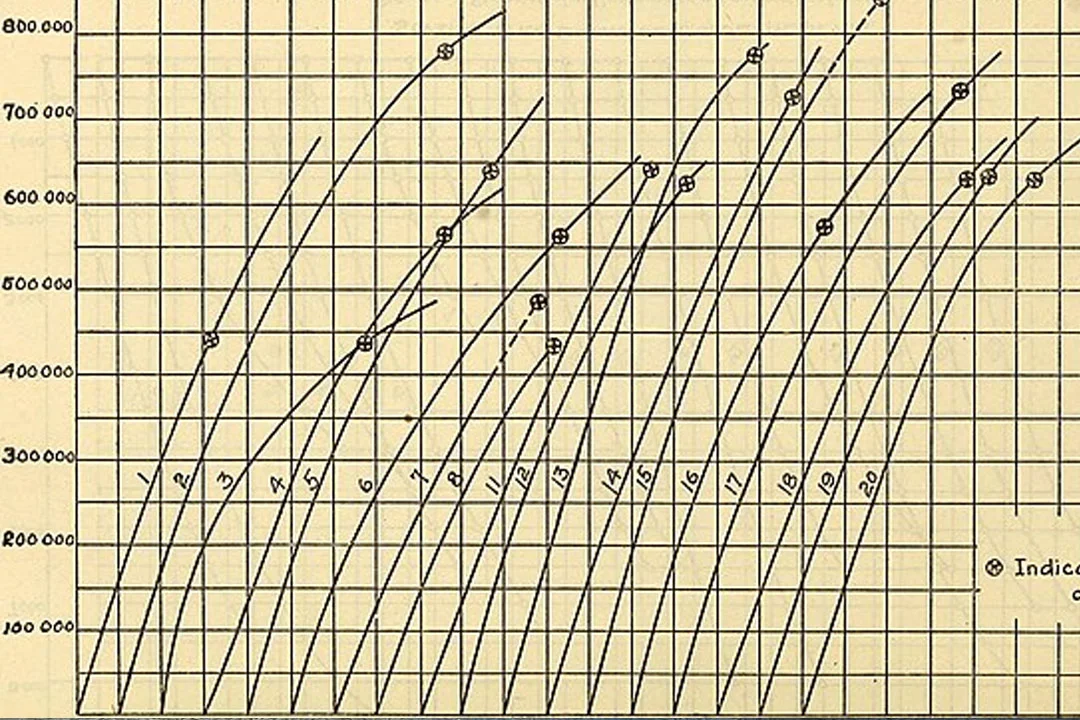concrete strength
Everything you need to know about the resistance of concrete
¡Escucha la noticia ahora!
Concrete is one of the most durable construction materials used since ancient times by humans. Strength properties add different qualities to concrete, making it ideal for professional builders in a variety of use cases.
We will look at different types of resistance in concrete, why they are important, how they influence the longevity, quality and the overall cost of the project.
Strength properties of concrete and their importance.
Concrete compressive strength: Professionals measure the compressive strength of concrete by breaking a cylindrical sample of concrete in a machine used to measure compressive strength. Measuring the compressive strength of concrete is essential, as it is a key criterion in determining whether a given concrete mix will meet the requirements of a particular project. It helps professionals measure the ability of concrete to support large loads, thereby reducing its size.
F'c resistance of the concrete: f'c helps builders measure the integral strength of concrete. A higher level of f'c indicates that a given concrete mix is strong, ideally making it more expensive. However, these strong concretes also give you excellent durability, which means they will last a long time. The ideal f'c of concrete for a construction project depends on many factors, but ideally the minimum f'c for any project is around 2,500 to 3,000 f'c.
Concrete slabs and footings generally require levels of 3,500 to 4,000 f'c. Cantilevers and slabs require 3,500 to 5,000 f'c. Concrete walls and columns have a range of 3,000 to 5,000 f'c, and concrete floors require 4,000 to 5,000 f'c. Keep in mind that concrete structures in cold climates generally require higher f'c levels to withstand more freeze-thaw cycles.
The compressive strength of concrete is usually tested at 7 and 28 days to find out the correct f'c level. The first test determines initial strength gains and can even be done on the third day. However, the specific f'c levels are determined after 28 days of testing.
Tensile Strength of Concrete: The tensile strength of concrete is its ability to resist cracking. Note that these cracks develop when the tensile force exceeds the full tensile strength of the concrete.
It is very difficult to directly test the tensile strength of any concrete, so professionals often use indirect methods. The most common indirect methods used by professionals when building are flexural strength and split tensile strength. The tensile strength of concrete is determined by performing split tensile tests on concrete cylinders. However, this test must be carried out in accordance with the NMX-C 155 and ONNCCE standards.
Flexural strength of concrete: Flexural strength is an indirect method of measuring the tensile strength of concrete. The ideal flexural strength is between 10% and 15% of the compressive strength of the concrete, depending on the specific mix used. Always remember that flexural strength is sensitive to the preparation, handling, and curing of the concrete. You must perform this test while the sample is still wet.
Additional factors that affect resistance.
Water-cement ratio: Low water-cement ratios in concrete can have a strong effect. However, it still makes concrete difficult to work with. Builders must find the right balance between water and cement ratios to achieve the desired results.
Provide: Traditional concrete includes water, air, cement, and an aggregate mix of gravel, sand, and stone. The correct proportion of these elements is essential to achieve greater concrete strength.
Mixed: Optimum mixing time is essential if strength is to be developed. Although the strength increases as the mixing time reaches a certain limit, mixing for too long can cause additional evaporation of water and fine particles in the concrete mix. This will make the concrete more difficult to work with and reduce its strength. The optimum mixing time is not specified, as it depends on many factors, such as the speed of the mixer, the type of mixer used, the specific materials and components in a given batch of concrete.
Curing: The longer concrete stays wet, the stronger it will be. To adequately protect concrete, precautions must be taken during curing, especially in extremely high or low temperatures.
If you think you need more information about concrete or are waiting to get in touch with a professional ready-mix concrete distributor in the western area of the city and we have coverage in the main neighborhoods such as Polanco, Anzures, Juárez, Roma, Tlatelolco, Del Carmen , Centro and many more neighborhoods, you can contact our team at +52 (55) 5598-9348 or contact us online. We are always willing to help.
.
Concreto y Materiales de Construcción





